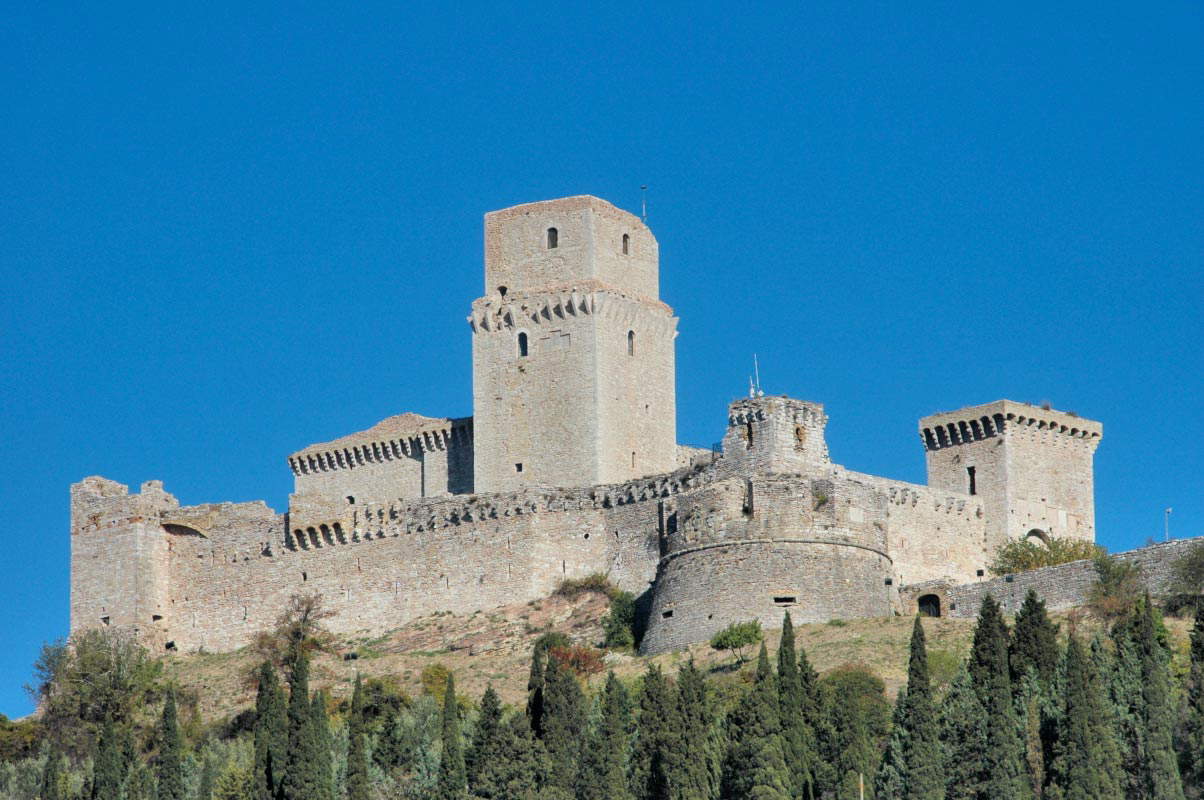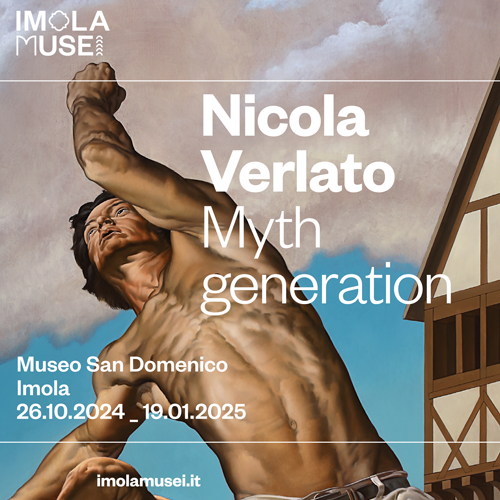Assisi, Rocca Maggiore reopens after two years of restoration
In Assisi , the Rocca Maggiore reopens to the public after two years of redevelopment work. A symbolic monument of the city, the Rocca Maggiore will once again become one of the main sites of the municipal museum offerings, which sees a redevelopment project developed together with Opera Laboratori, the company museum management company that in April last year was awarded the concession for the museum services (Roman Forum, Pinacoteca, Rocca Maggiore, Domus del Larario and Domus di Properzio) and also for the tourist information and reception office in City Hall Square.
The intervention at the Rocca Maggiore consisted of the construction of a new floor slab and floor in the hall of honor, the work of the walkway-balcony that runs along three sides of the monument, the external connecting staircase with reconstruction of the parapet, access ramps to the keep, and the upgrading of the polygonal tower with the possibility of direct access. New technological installations were then made. The adaptations will allow a unique visit to this monument by returning to the upper level, which is open to the public for the first time, also exceptional panoramic views. The cost of the interventions-for this first part-was covered by regional funding, the Fondazione Cassa di Risparmio di Perugia and the Municipality of Assisi with about one million euros. The municipal administration is working to gather funding for a second strand of redevelopment work, a new functionalization of the north side as well as the design of exhibition routes in collaboration with the new civic museum manager Opera Laboratori.
The earliest records of the Rocca Maggiore date back to 1174, when it was rebuilt following the conquest of Assisi by imperial troops led by Christian of Mainz (1174); but the structure may have already existed in Lombard times. It is therefore probable that - on the remains of a pre-existing fortification - the Rocca was rebuilt by the Swabians, as a feudal castle: it is also said that Frederick of Swabia - the future Emperor Frederick II - stayed there in his youth, a guest of Conrad Lutzen. The Rocca stands out on the hill overlooking Assisi: above its walls stands the Maschio, from which there is a stupendous panorama of the city and the Umbrian Valley, from Perugia to Spoleto. Since ancient times, the place where the fortress stands was considered sacred and essential to the defense of the town. In 1198 the castle was destroyed following a popular uprising to prevent it from falling into the hands of a papal governor: not wrongly, the Assisans saw in it a symbol of imperial oppression.
The Rocca was rebuilt in 1365 by Cardinal Egidio Albornoz (then engaged in the subjugation of the main cities of the peninsula) as a lookout point: it came out a typical example of medieval military architecture. From then on, the Rocca was the protagonist of every attempt at conquest in the alternating rule of the city by the various lords, and its defensive role increased over time with changes in the structure and the construction of towers and bastions. Subsequent to Albornoz, the Rocca was enlarged and modified by Biordo Michelotti (1395-98), Piccinino (1458), Pius II (1460), Sixtus IV (1478), and Paul III (1535) and took on a truly imposing appearance. It is traditional that the summit of the hill was occupied by an acropolis from the earliest times, but was devastated in 545 by the Goth king Totila. In the 17th century, the fortress was completely abandoned to remain almost intact until our century. The fortress wanted by Albornoz was enlarged several times by adding ramparts, but was devastated by the population following the unification of Italy (1859).
Today it is open to the ever-increasing number of visitors; from its towers there is one of the widest views in all of Umbria: Assisi gathered at its feet, with the splendid Umbrian Valley. The halls host thematic reconstructions inspired by medieval life. Assisi’s Rocca Maggiore will be open to the public daily from 10 a.m. to 8 p.m. until August, in April May and September from 10 a.m. to 6:30 p.m., in March and October from 10 a.m. to 5:30 p.m., and from November to February from 10 a.m. to 4:30 p.m. Closed on December 25.
Finally, a central part of the project will be the new tourist mobility service, designed and managed for the Florentine company by Martinelli Servizi Turistici, which is already present in the area with its own rental office in Santa Maria degli Angeli and has significant experience and reliability in the tourist mobility sector. The Service “Assisi Serafica Bellezza - Eco Tour” will allow through two new generation electric buses, with panoramic roof and stations for the disabled, to offer the city of Assisi an innovative, efficient and sustainable service, in full agreement with the direction of the Assisi administration. The MiniBuses made available, vehicles with very small dimensions to protect the city’s important heritage, will be able to offer a constant influx of visitors to one of the city’s most identifying monuments. At the three strategically identified stops at Piazza del Comune, Rocca Maggiore and Piazza San Pietro, guests will have rides every 20 minutes, being able to get off and get back on in Hop On - Hop Off mode, until their visit is complete. The integrated ticket will include the service plus entrance to the museums at a cost of 14 euros as opposed to the 9 euros provided for the “Spiritual Seraphic Beauty” route alone (discounts and free rides for the weak and families will be guaranteed). Visits on board the Assisi Eco Tour will be enriched by an audio-visual commentary, translated into five languages, which will guide guests by actually introducing them to the museums by stimulating interest and curiosity, an essential element also for an increase in the number of days spent in the city.
 |
| Assisi, Rocca Maggiore reopens after two years of restoration |
Warning: the translation into English of the original Italian article was created using automatic tools. We undertake to review all articles, but we do not guarantee the total absence of inaccuracies in the translation due to the program. You can find the original by clicking on the ITA button. If you find any mistake,please contact us.






























